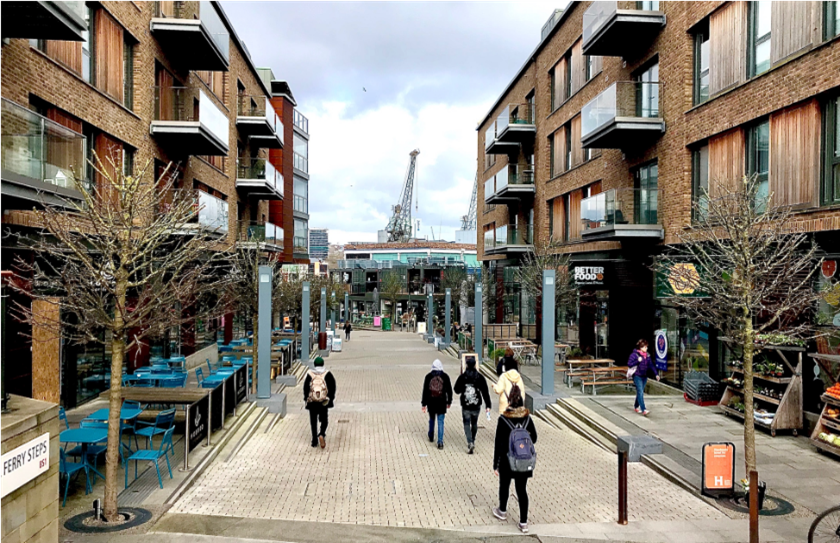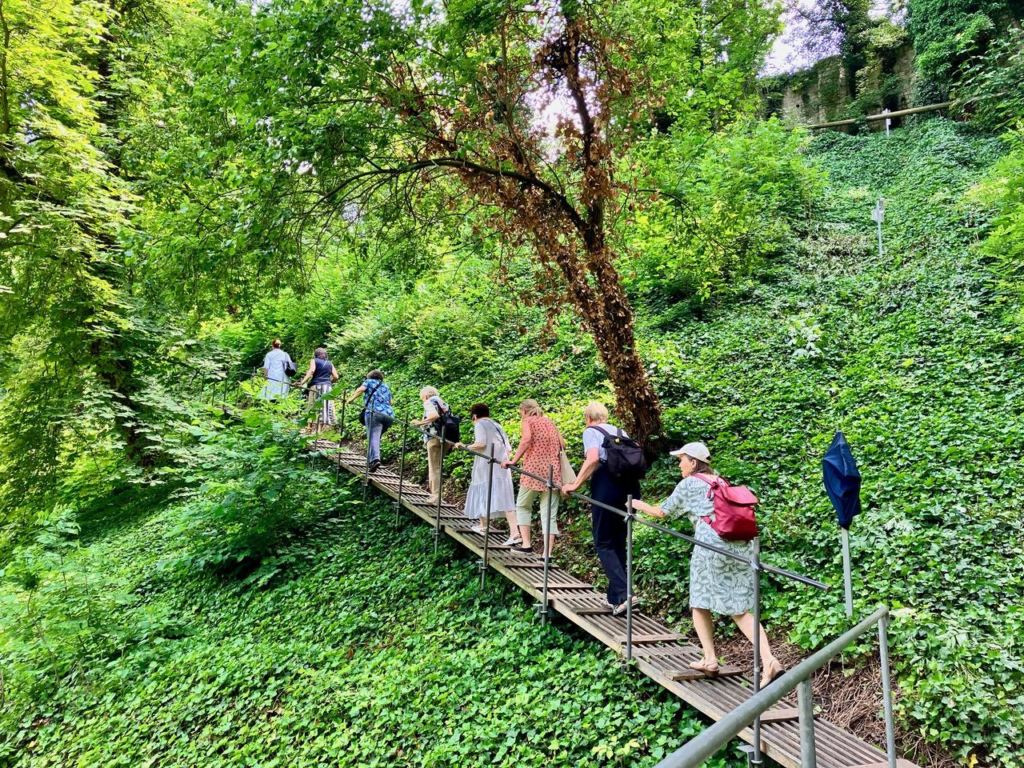City Know-hows

This paper investigates how the project development of Wapping Wharf in Bristol impacted the dwellers’ well-being. It finds that the relationship between urban placemaking and dwellers’ wellbeing is not just constitutive, but also mutually reinforcing. Sincere communications between the producers and the users of urban places have promoted better placemaking and resident wellbeing enhancement; the paper thus suggests that factors that can facilitate sincere communications should be prioritized in post-pandemic placemaking.
Share
Target audience
Council officials, planners, developers, community managers, and the professionals in planning and practice.
The problem
The way in which the living environment is designed has profound influences on inhabitants’ well-being; unfortunately, how exactly new developments should be designed to deliver positive impacts on dwellers’ wellbeing remains unclear. This is happening against the backdrop of the Covid-19 Pandemic, which has exerted more stress on human wellbeing, stimulating greater discussions on how to reframe planning practice to accommodate this assemblage.
What we did and why
We join this discussion using a case study approach to investigate how the project development of Wapping Wharf in Bristol, United Kingdom, has impacted the dwellers’ well-being and to what extent their actions altered the living environment, aiming to provoke more thoughts on how new development should be designed to enhance wellbeing in post-pandemic planning. Qualitative research methods of interviews, site observation and further literature review are employed in this paper to achieve the research aim.
Our study’s contribution
We affirm the significances of some contributors to human wellbeing enhancement in urban placemaking including greenspaces, walkability, and healthy eating, etc. The relationship between urban placemaking and dwellers’ wellbeing is not just constitutive as suggested in existing literature review, but also mutually reinforcing. While previous research on the assemblage of placemaking and wellbeing has largely focused the former (placemaking), we suggest the future assemblage work extend to the later (dweller wellbeing).
Impacts for city policy and practice
We advocate that the format of mix-used property development to enhance walkability, the incorporation of virtual flatforms with physical design, the provision of supportive amenities to enable more and easier access to health eating are good strategies to accommodate the call for better assemblage between urban placemaking and human wellbeing in post-pandemic planning. Fundamentally, factors that facilitate sincere communications between the producers and the users of urban places should be prioritized in post-pandemic place-making.
Further information
Full research article:
Related posts

Reducing loneliness through nature-based social prescribing: Testing innovations in six cities worldwide and generating evidence to support community-based solutions.

How has the pandemic changed how we use and perceive our home? Many were working, eating, living, playing, sleeping, and learning in the same space. Has changed perceptions influenced ideas of the design of our homes, and potential for happiness and wellbeing?

How can community consultations in planning be more effective, inclusive, and be ready for the post-pandemic era? Results from the project Community Consultation for Quality of Life find that participation in consultation can lead to increased wellbeing for individuals and communities.